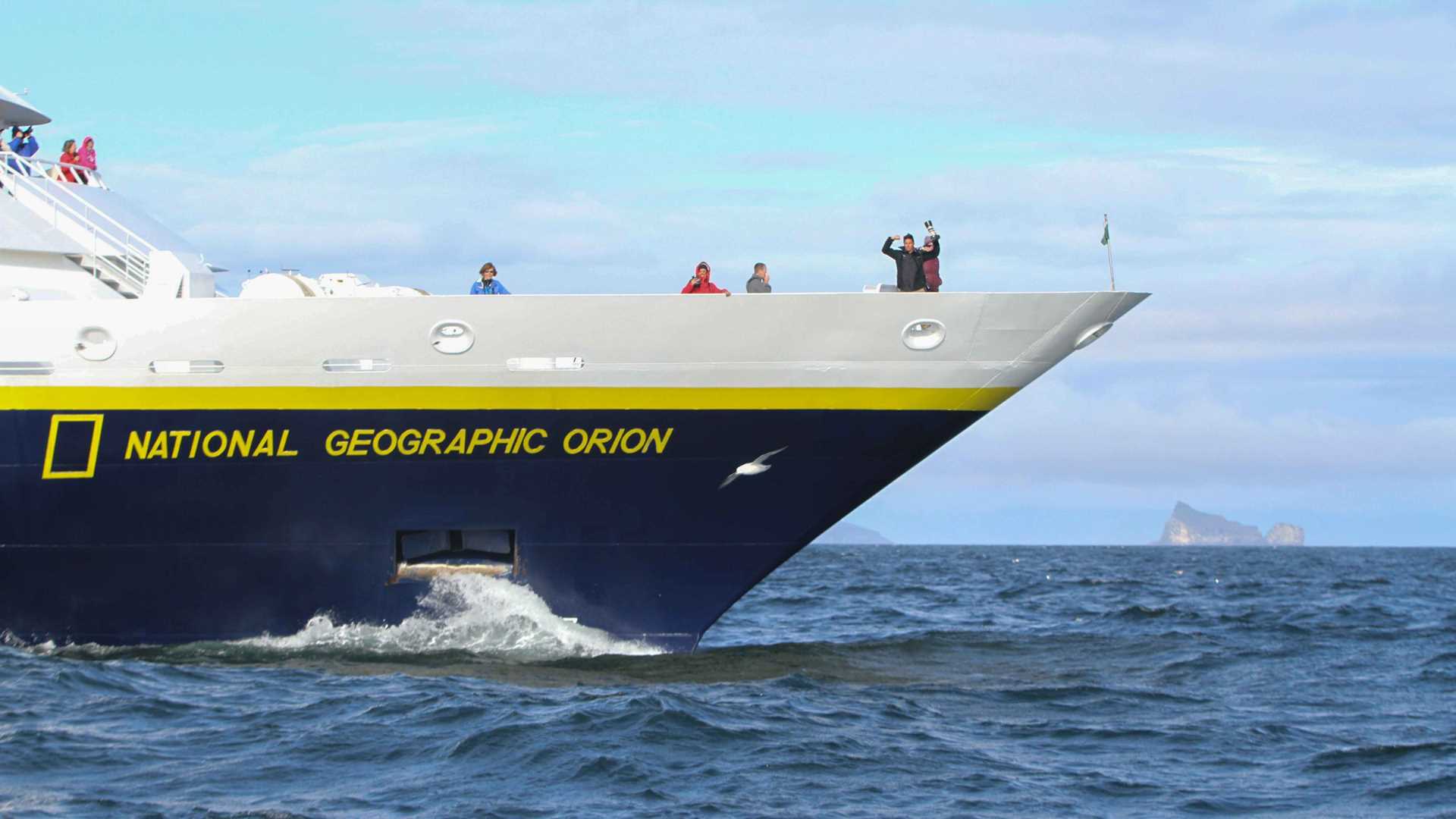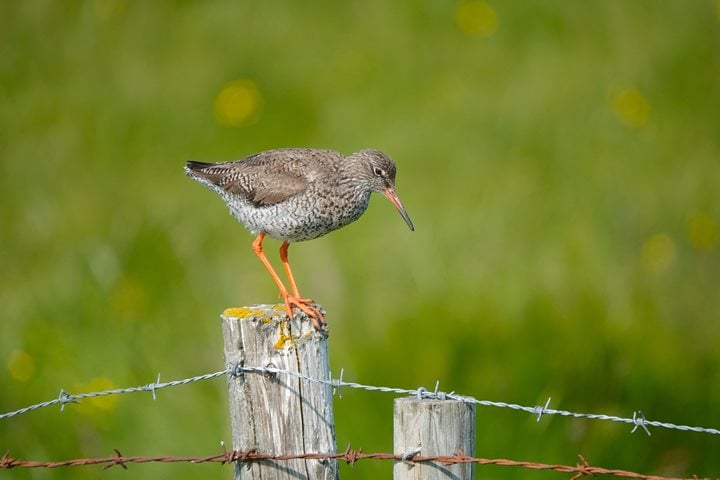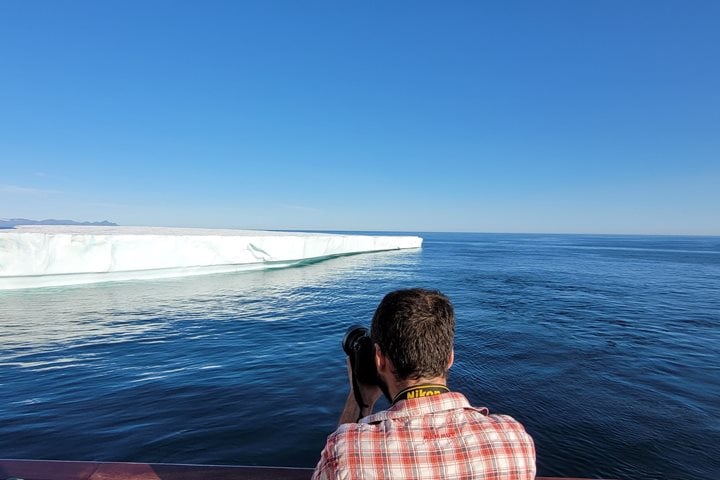Our morning started with an introduction to the expedition team, with a quick interlude to watch the ship sail through the narrows into Heimaey Harbour. After the introductions we then departed the ship for our separate excursions. Half of us were taken on a hike up to the relatively new mountain of Eldfell. Eldfell was the site of the volcanic eruptions that threatened the island of Heimaey during 1973 with a lava spread which would likely have blocked the harbour and destroyed the means of the majority of islanders to make a living. Luckily this was stopped and now a really spectacular volcanic mountain is left, with a wide variety of rocks of shades of red to black. The weather was unfortunately not the best for views at the top but we could still see the glacier over on the Icelandic mainland. The hike ended in the museum which gave a great overview of the volcanic eruption and the process of evacuation to slowing the spread of lava.
The other half of our group went on the scenic coach tour around the island, where we stopped at the houses built recently to give us an idea of how the early Icelandic settlers would have lived—likely very simply and more than a little smoky! We then drove to the lighthouse at the southern tip of the island where again unfortunately the view was reduced a little by the clouds and rain, but it also gave a very dramatic view of the island itself shrouded in low lying cloud.
Once we were done here we then headed back to the ship for a 14:00 departure. The ship sailed around the island passing steep cliffed smaller islands, with houses on top! These are holiday homes rather than permanent residents and the only way up is by some large ladders. Sheep are also farmed on these tiny islands and when the time comes to take some off of the island they have to be lowered down on ropes to the boat below.
Our next destination was Surtsey, the newest Icelandic island formed from a volcanic eruption in 1963 but eroding away ever since then. This is a protected island where researchers have been monitoring the settlement of plants for the last 40 years and so only specific researchers can get on. Swimming around the island were a large pod of killer whales feeding on fish, with many fulmars and gannets above them looking for an easy prey.









